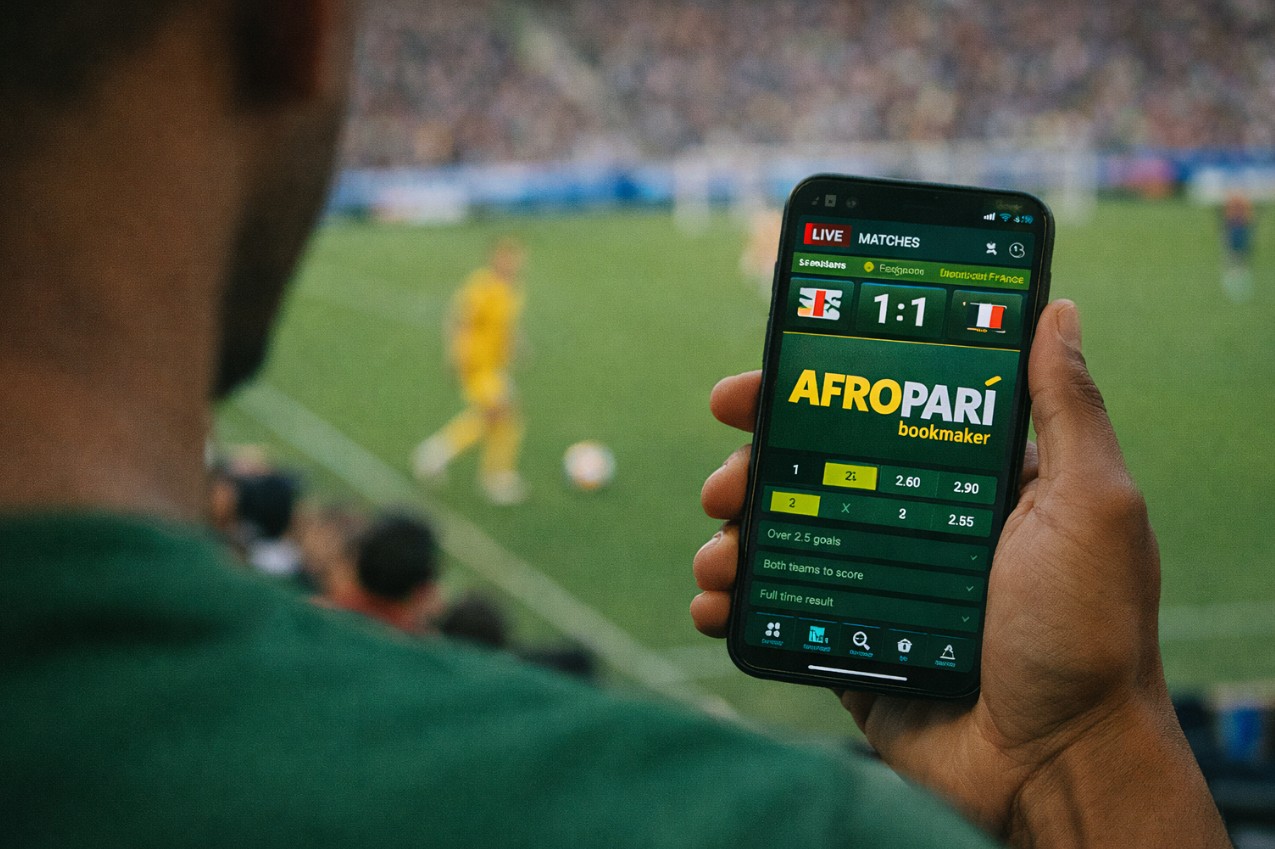The Ultimate Netkeeper Guide Gear: 6 Important Things To Know
Goalkeepers are one of the most important position
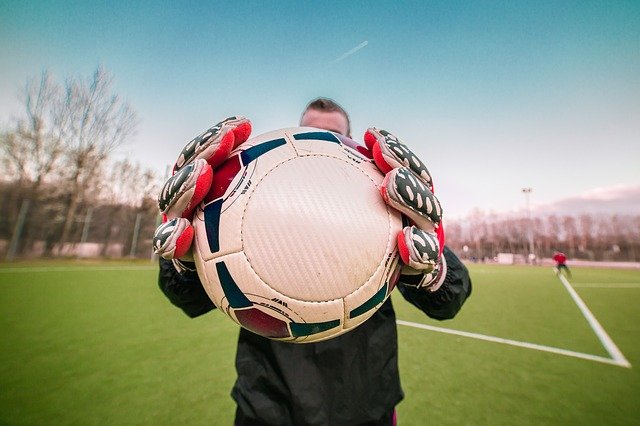
Goalkeepers are one of the most important positions in a soccer team. They need to be trained and skilled in order to be able to make spectacular saves and stop any ball from going into the net. As a goalkeeper, it's important to have all the right gear for your position-especially when it comes to your net. Here are six important things you should know about goalie gear!
1. Goalie Gloves
Goalkeeper gloves are the most essential part of the goalkeeper’s equipment. They are typically made from leather with extra padding around the fingers, backhand, palm, and cuff so they can catch hard shots. To minimize the risk of injuries as much as possible, it’s important to invest in the best professional goalkeeper gloves that you can afford, as they will save you from a lot of pain. The essential part is to make sure the gloves fit well, so to test whether or not a glove fits, roll your fingers inside and wrap your hand around the outside of the glove so you form a "C". If the palm side of your hand is touching where it should be, then it fits well.
2. The Socks
Goalie socks are usually longer than regular soccer socks, but how long they should be is typically determined by your preference. You can buy socks in different lengths, for instance, crew length (knee-length) or ankle length (just above the ankles). If you like to tuck your jerseys into your socks, you'll find that goalie socks will be a little tighter than regular soccer socks and stretch more.
3. Mouthguards
Mouthguards are a must for almost any goalkeeper. Since most of the action in soccer happens right in front of the goalkeeper, there can be a lot of flying knees, elbows, headbutts, etc. that can cause some serious pain. Protect the rest of your body with pads, but protect your teeth and mouth with a mouthguard, and don’t forget to wear one even in practice too!
4. Knee Pads
Goalkeepers need to have well-fitting knee pads in order to fully protect their knees. If the knee pads are too big, they can shift out of place when you move your knee, which results in less protection than you need. If they're too small, they can squeeze and pinch your skin, causing discomfort and making it difficult to stay in one position. It's imperative that the pads are flexible enough for you to bend your knee without any discomfort while offering maximum coverage. Knee Pads also come with different types of pouches that attach to your shin guards to provide extra padding. You should know what type of pads you need based on how much protection or cushioning you prefer, whether it's soft, firm, or in between.
5. Jersey
A jersey should have the appropriate number of layers for your climate, whether it's one very thin layer or three. It should also be lightweight so you don't feel weighed down when you need to run after a ball. There are two main types of jerseys: mesh and non-mesh. Mesh is usually preferred for its lightweight feel and durability. The other type is non-mesh, which is typically thicker and not breathable. It's important that the jersey fits well because it shouldn't be too tight or too loose (or it will either restrict your movement or flap around in the wind) and should come down about two to three inches past the waistband of your shorts.
6. Goalie Leg Pads
Goalie leg pads typically cover your knee, calf, and thigh. They attach to your goalie shorts by way of a hook-and-strap system on the back of the pad that attaches to your belt. When you're putting on or taking off leg pads, it's important that you not undo more than one fastener at a time. Doing so can cause the pad or strap to twist around your leg, which will make it difficult to put on and take off.
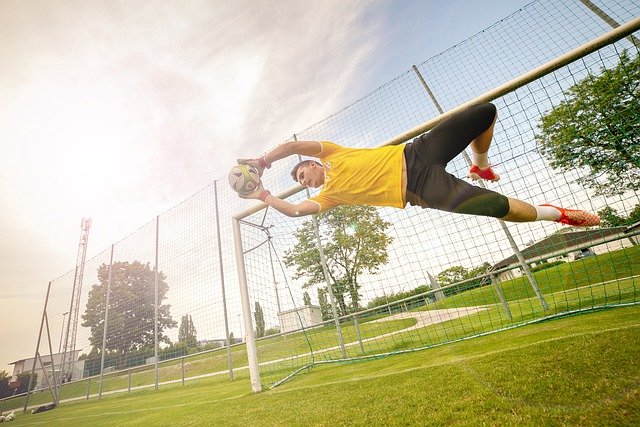
Goalkeepers are one of the most important positions in a soccer team. They need to be trained and skilled in order to make spectacular saves and stop any ball from going into the net. Goalies should have all the right gear for their position-especially when it comes to their nets! We hope that these six things will help you decide what type of goalie gear you'll need, as well as how much protection or comfort level is best for your needs.
-
Live Sports Betting in Kenya

-
Learn the essentials: how to play online casino games safely?
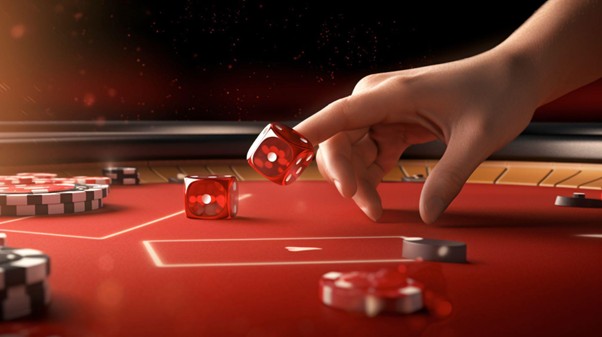
-
Enzo Maresca at Chelsea: A Season That Never Settled

-
Where Balls Collide: Live Football Roulette

-
How xG And xGA Help Identify Overrated And Underrated Teams

-
How Live Score Data Supports Tactical Understanding in Modern Football
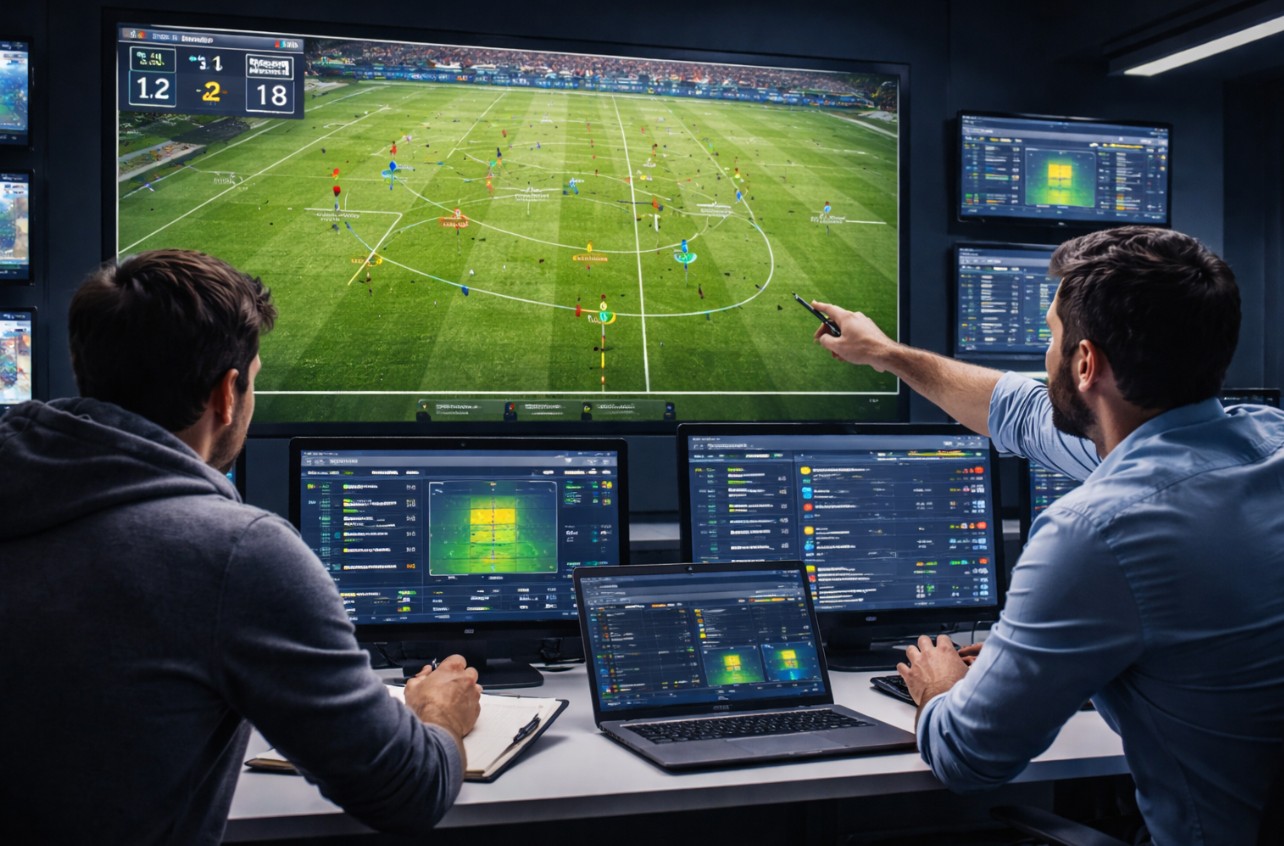
-
The Economics in Betting: How Bookmakers Balance Profit and Liquidity
